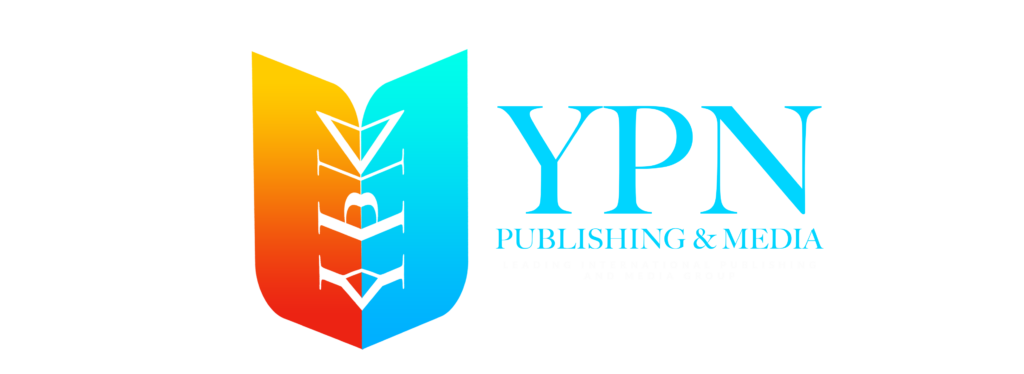As the publishing landscape continues to evolve, authors in 2025 are faced with a crucial decision: Should they pursue traditional publishing or take the self-publishing route? While both options have their advantages, the ultimate question remains— which one is more profitable?
The Rise of Self-Publishing
The self-publishing industry has grown exponentially, with platforms like Amazon Kindle Direct Publishing (KDP), Draft2Digital, and IngramSpark allowing authors to publish and distribute their work globally. Many writers are now choosing this route for greater creative control, faster publication times, and higher royalties.
Pros of Self-Publishing:
- Higher Royalties: Authors can earn up to 70% in royalties compared to 10-15% from traditional publishers.
- Full Creative Control: Writers maintain rights to their work, cover design, and marketing strategies.
- Faster Time to Market: Books can be published within weeks instead of waiting years for a publishing deal.
- Global Reach: Platforms like Amazon and Apple Books make self-published books accessible worldwide.
The Strength of Traditional Publishing
Despite the rise of self-publishing, traditional publishing still holds significant appeal. Major publishing houses like Penguin Random House, HarperCollins, and Simon & Schuster offer prestige, industry connections, and the ability to place books in brick-and-mortar stores.
Why Traditional Publishing Still Matters:
- Industry Credibility: Books published traditionally often receive more media coverage and critical reviews.
- Advance Payments: Many authors receive upfront advances before their books hit the market.
- Professional Editing & Design: Publishers provide professional editorial services, cover design, and formatting.
- Wider Distribution: Traditional publishers have strong relationships with bookstores and libraries.
Which One Makes More Money?
While traditional publishing offers upfront advances and prestige, self-publishing often leads to higher long-term earnings—especially for authors who actively market their books. The rise of digital marketing, social media, and email lists has given self-published authors the power to build their own readership and generate consistent revenue.
Key Financial Takeaways:
- Advances vs. Royalties: Traditional publishers may offer a lump sum upfront, but self-published authors often earn more per book sold.
- Marketing Responsibilities: Traditional publishers offer marketing support, but self-published authors must handle their own promotion.
- Longevity of Earnings: Self-publishing allows authors to keep their books available indefinitely, generating passive income.
- Success Stories: Many best-selling authors, including Hugh Howey and Andy Weir, started with self-publishing before securing major book deals.
The Verdict: Which One is Right for You?
The decision depends on your goals. If you seek credibility, professional backing, and advance payments, traditional publishing is the way to go. However, if you want full control, higher earnings per book, and faster publication, self-publishing is the more lucrative option.
Join the Publishing Revolution!
Want to stay ahead of the curve in the publishing industry? Subscribe to YPN Publishing & Media Group for expert insights, trends, and strategies that will shape the future of writing. Don’t get left behind—empower your journey as an author today!



